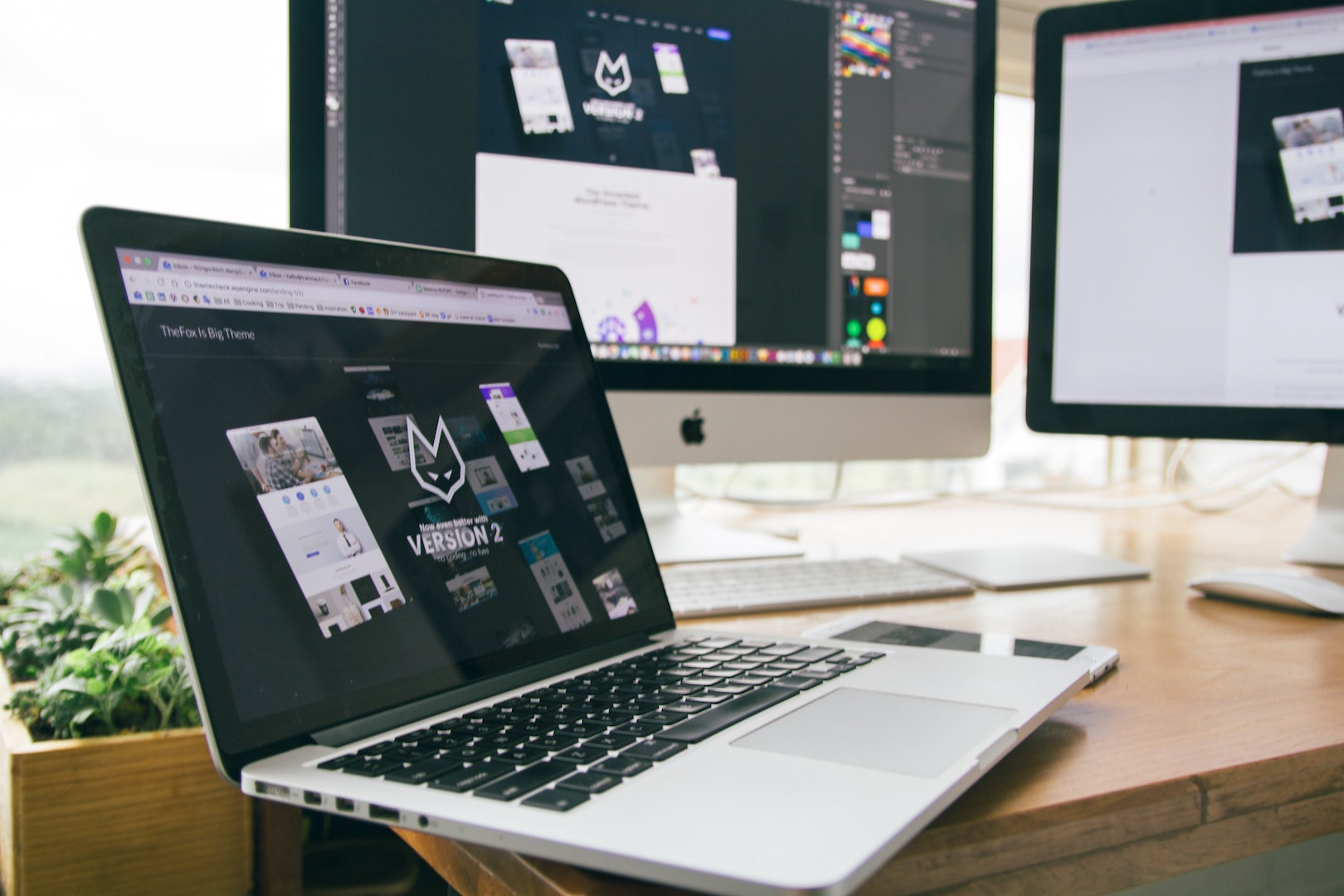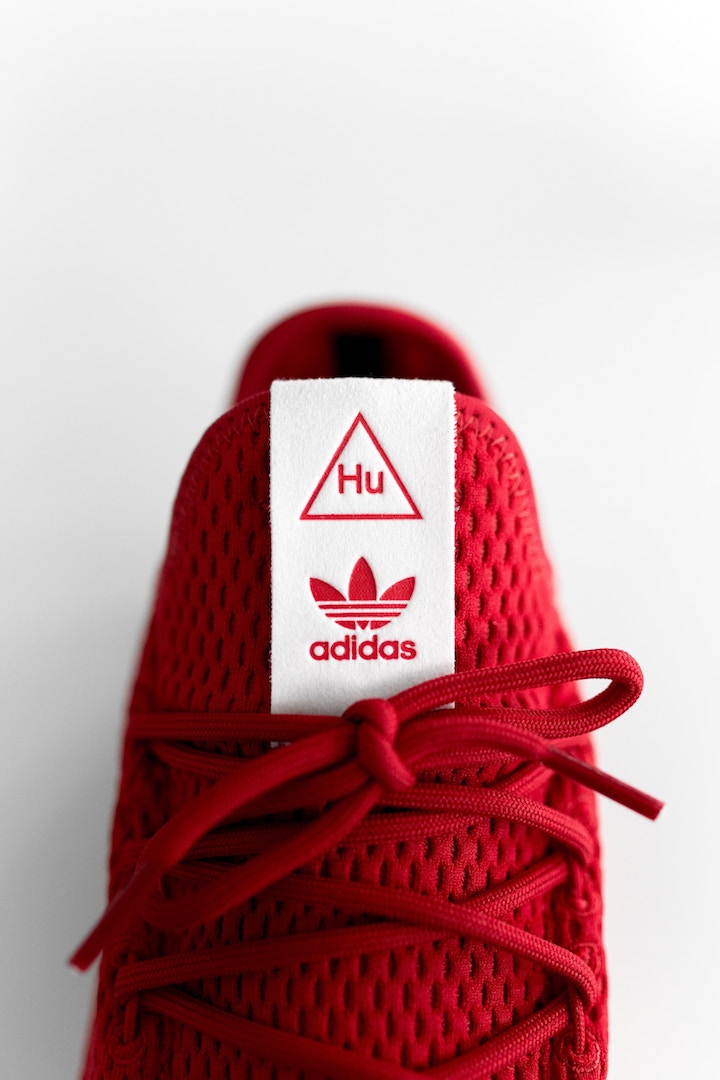There are millions of businesses operating all around the world. All of them have their own unique branding, products, services and customers. So why is it that so few of these businesses can easily be recalled whenever someone asks: “Who are the top 10 companies in a certain industry?”
If someone asked you to name the top laptop manufacturers, you would struggle to get past five. The reason is simple: some brands have marketed and positioned themselves so well they can easily be recalled.
Brand recognition is a big deal. In a world full of noise across all devices and in the areas we live, work and play it has become more important than ever for brands to cut through the clutter and become memorable.
Cut through the brand clutter
In terms of brand identity, the logo is arguably one of the most important factors when it comes to brand recognition. Yet many entrepreneurs don’t invest in brand identity (i.e. business name; logo design; colors, shapes and visual elements in products and promotions, etc.) as well as they should. However, if they were to specifically see the financial impact an iconic logo design would have on their business, it would be prioritized in a heartbeat.

Matthew Woodward conducted a quick logo test on his blog to see if a different logo design had an impact on his numbers. The results of his split test delivered an increase in pages per visit, time on site and a decrease in bounce rate.
So with these things in mind, how should you approach designing a memorable logo?
Consider your brand message
The best way to approach this is to use a message map. This allows you to formulate a brand message that people will interpret when seeing your logo.

When people see your logo, they should be able to immediately recognize what the brand represents, the brand promise, expertise, and what makes you different from direct competitors. The logo that you design needs to communicate that same message.
Opt for minimalistic logo design
It sounds a bit cliche, but less is more when it comes to logo design. If you look at some of the world’s most valuable brands, their logos are immediately recognizable due to their simplicity.

For example, Apple’s logo is instantly recognizable with its apple bite design. Or even consider McDonald’s golden arches. This simplicity helps people identify the brand they trust.
Make your logo unique
You don’t want people to get your brand confused with another company. That’s why it is important to differentiate your brand logo from existing logos in the marketplace.

With millions of businesses creating their own logos, you can easily create a design that is mistaken with another. This simple mistake could cost your business customers or exhorbinant legal fees due to trademark disputes.
Consider color association
People respond to colors in different ways. Make sure the colors used in your logo resonate with your target audience. For example, Air Asia uses white text on a red backdrop. In many Asian countries, the color red is associated with good fortune, joy, luck and happiness.

Since their main customer base is in South and North East Asia, it makes sense for the company to have a logo whose color identifies with cultural significance.
Get inspired by other prominent logos
Don’t recreate the wheel. See what other successful companies in your industry have done. Consider see how you can build on the model of their success.

Building iconic brands
Every iconic logo you see today has a strong meaning behind it. It’s the prime factor that establishes brand trust and differentiation from other products or services in the market.
If you want to be perceived as more than a commodity, incorporate these brand factors as a part of your logo development and strengthen your brand appeal.
Zaheer Dodhia is the Owner and Founder of DesignMantic.com. DesignMantic.com is the most complete logo and brand design solution on the Web, allowing users to design logos for businesses and blogs as well as wedding monograms. Connect with @designmantic on Twitter.
© YFS Magazine. All Rights Reserved. Copying prohibited. All material is protected by U.S. and international copyright laws. Unauthorized reproduction or distribution of this material is prohibited. Sharing of this material under Attribution-NonCommercial-NoDerivatives 4.0 International terms, listed here, is permitted.












